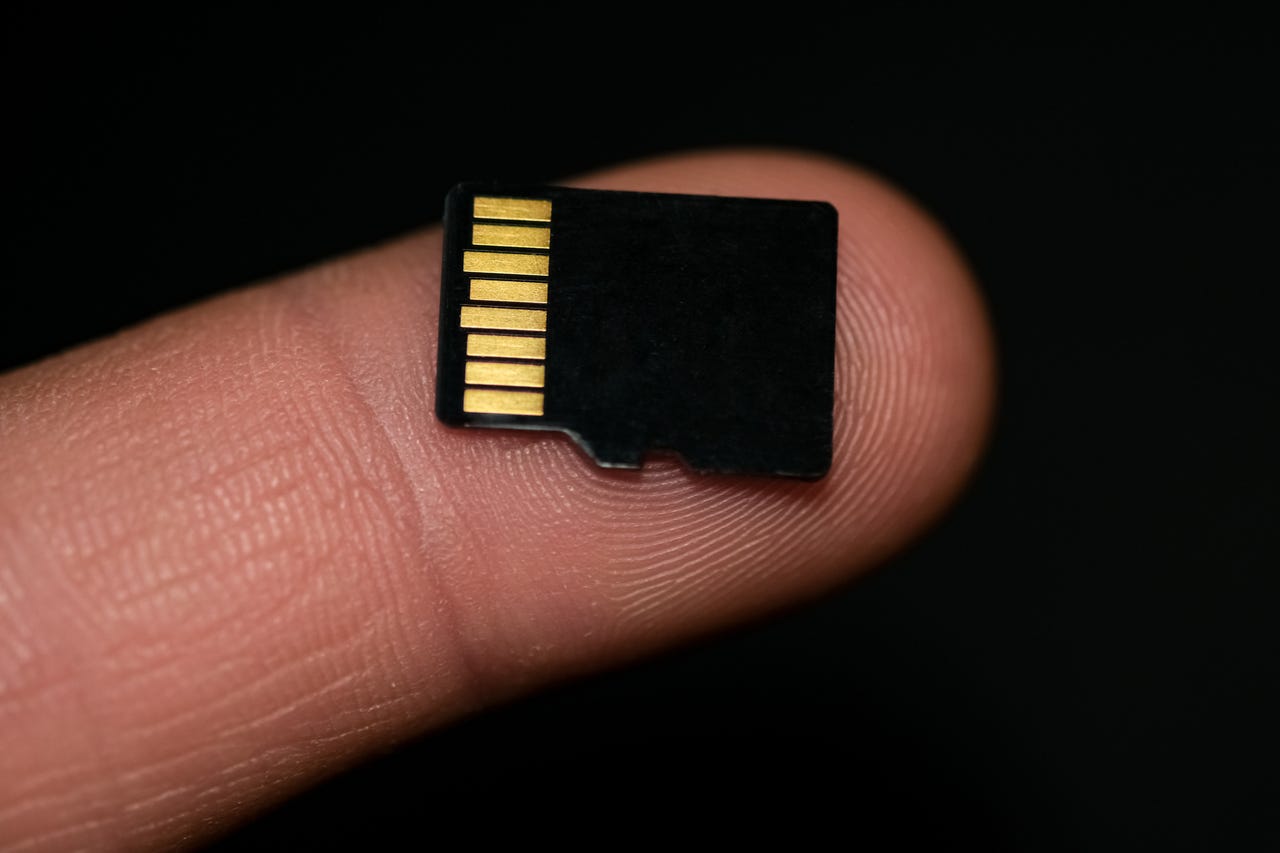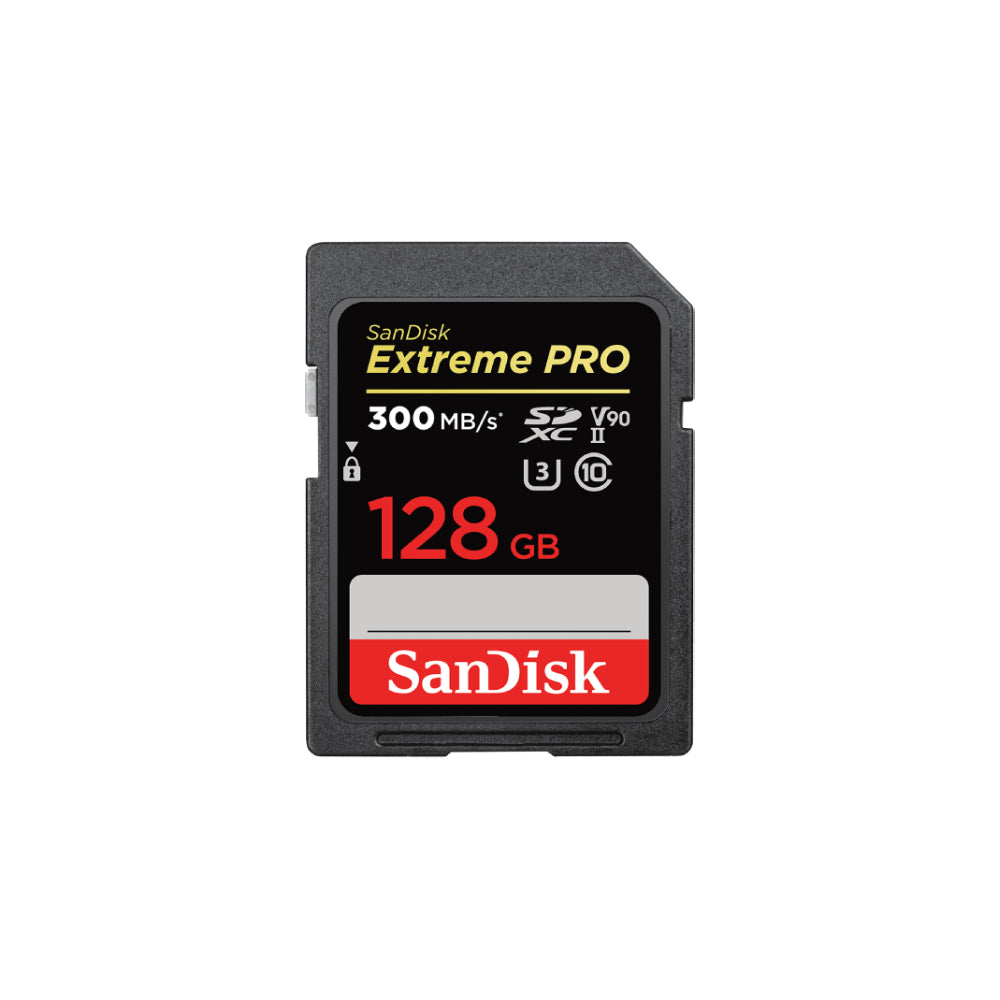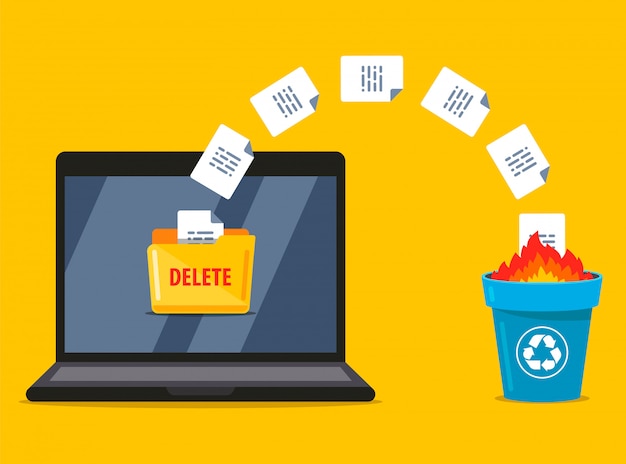## Introduction to SSD and Data Loss
Solid State Drives (SSD) have revolutionised the storage world. With their fast read-write speeds, durability and ability to withstand physical shock, they’ve become a popular choice for many users. Yet, like all technology, SSDs are not immune to data loss. SSD data loss can be a distressing event, often leading to irreplaceable personal or business data being lost.
The concept of data loss is not new, and it has been a problem for as long as data storage has existed. With the evolution of storage devices, data loss has also evolved in complexity. For instance, data loss in SSDs can be quite different from traditional hard disk drives (HDDs). The mechanisms of data storage and retrieval are unique in SSDs, leading to unique problems and solutions.
In simple terms, SSD data loss refers to the inability to access data stored on your SSD. This can occur due to a variety of reasons, as we will explore in this article. It is crucial to understand that data loss does not always mean the data is permanently gone. With appropriate recovery solutions, lost data can often be recovered.
Causes of SSD Data Loss
Understanding the causes of SSD data loss is crucial in preventing it. There are several reasons why data loss can occur in SSDs. The first and most common cause is physical damage. Even though SSDs are more durable than HDDs, they are still susceptible to damage from accidents, improper handling, or environmental factors like heat and moisture.
Another common cause is software errors or corruption. This can occur due to malware, power outages, or software bugs. These can corrupt the file system, rendering data unreadable. Similarly, firmware or driver issues can also lead to data loss. Firmware is the built-in software that controls the SSD’s operations, and if it fails or becomes corrupt, the SSD may not function correctly.
The third major cause of SSD data loss is improper operations. This includes accidental deletion, formatting, or overwriting of data. While these mistakes are often user-generated, they can also result from software errors or malware.
How SSD Data Loss Happens
Understanding how SSD data loss happens can help in formulating effective recovery solutions. As mentioned earlier, physical damage can lead to data loss. This happens when the NAND flash memory chips, which store data in an SSD, get damaged. This can render the SSD unreadable, causing data loss.
Software errors or corruption cause data loss by corrupting the file system or the data itself. When the file system is corrupt, the operating system cannot locate and access the stored data. Similarly, if the data itself is corrupt, it becomes unreadable. Firmware and driver issues can make the SSD unreadable or unrecognizable by the operating system, causing data loss.
Improper operations like accidental deletion or formatting cause data loss by removing the access points to the data. However, the data itself often remains on the SSD until it is overwritten by new data. This is why it’s possible to recover data even after deletion or formatting.
Preventive Measures Against SSD Data Loss
Prevention is always better than cure, and this holds true for SSD data loss. There are several measures you can take to prevent data loss. Firstly, handle your SSDs carefully to prevent physical damage. Avoid exposing them to extreme temperatures or moisture. Use proper static protection when handling SSDs.
To prevent data loss due to software errors or corruption, ensure that your SSD’s firmware and drivers are up to date. Use reliable and updated antivirus software to protect against malware. Regularly backup your data to an external drive or a cloud service. This ensures that you have a copy of your data even if the SSD fails.
Avoid accidental deletion or formatting by being cautious while handling data. Double-check before deleting or formatting data. Use software that asks for confirmation before performing these operations.
Understanding the Process of SSD Data Recovery
SSD data recovery is the process of retrieving lost data from an SSD. The process varies depending on the cause of the data loss. If the data loss is due to physical damage, the SSD may need to be repaired or parts replaced before recovery can begin. This should be done by professionals to avoid further damage.
If the data loss is due to software errors or corruption, recovery software can be used to retrieve the data. The software scans the SSD for recoverable data and attempts to reconstruct it. For data loss due to accidental deletion or formatting, recovery software can often retrieve the data, provided it has not been overwritten.
DIY SSD Recovery Tips and Tricks
For those comfortable with technology, there are several DIY SSD recovery tips and tricks. Firstly, if your SSD is not recognized by your computer, try connecting it to another computer or using a different cable. Sometimes, the issue could be with the computer or the cable, not the SSD.
If the issue is software-related, try using built-in tools in your operating system. For instance, Windows has a “Previous Versions” feature that can restore older versions of files. However, this requires that the system protection feature is enabled.
Lastly, use reliable data recovery software. Good data recovery software can scan your SSD for recoverable data and retrieve it. However, stop using the SSD as soon as you notice data loss to prevent overwriting of data.
Effective SSD Data Recovery Solutions
I would like to introduce RecoveryMaster, the best data recovery software for both Windows and Mac. It can recover lost or deleted photos, videos, and over 1000+ other file types from various devices, including HDDs, SSDs, USBs, SD Cards, and crashed computers.
RecoveryMaster is easy to use with an intuitive interface. It offers a quick scan and deep scan option to find and recover your lost data. The software also allows you to preview files before recovery, ensuring you recover exactly what you need.
Best Practices for SSD Usage to Prevent Data Loss
There are several best practices for SSD usage to prevent data loss. Firstly, regularly update your SSD’s firmware and drivers to ensure it works optimally. Use reliable antivirus software to protect against malware.
Regularly backup your data to an external drive or a cloud service. This ensures that you have a copy of your data even if the SSD fails. Be careful while handling data to prevent accidental deletion or formatting.
When to Seek Professional Help for SSD Data Recovery
While DIY solutions can often recover lost data, there are situations when professional help is necessary. If your SSD is physically damaged, it’s best to seek professional help. Attempting to repair an SSD yourself can lead to further damage and data loss.
If the data loss is due to complex software errors or corruption, professional help may be needed. Professionals have access to advanced tools and expertise that can recover data in complicated scenarios. Similarly, if you’ve tried recovery software and were unsuccessful, a professional can help.
Conclusion
In conclusion, SSD data loss can be a distressing event, but understanding how it happens and how to prevent it can reduce its impact. Regular backups, careful handling, and the use of reliable recovery software like RecoveryMaster can help protect your data. Remember, seeking professional help when necessary is also crucial in ensuring successful data recovery.




Leave a Reply